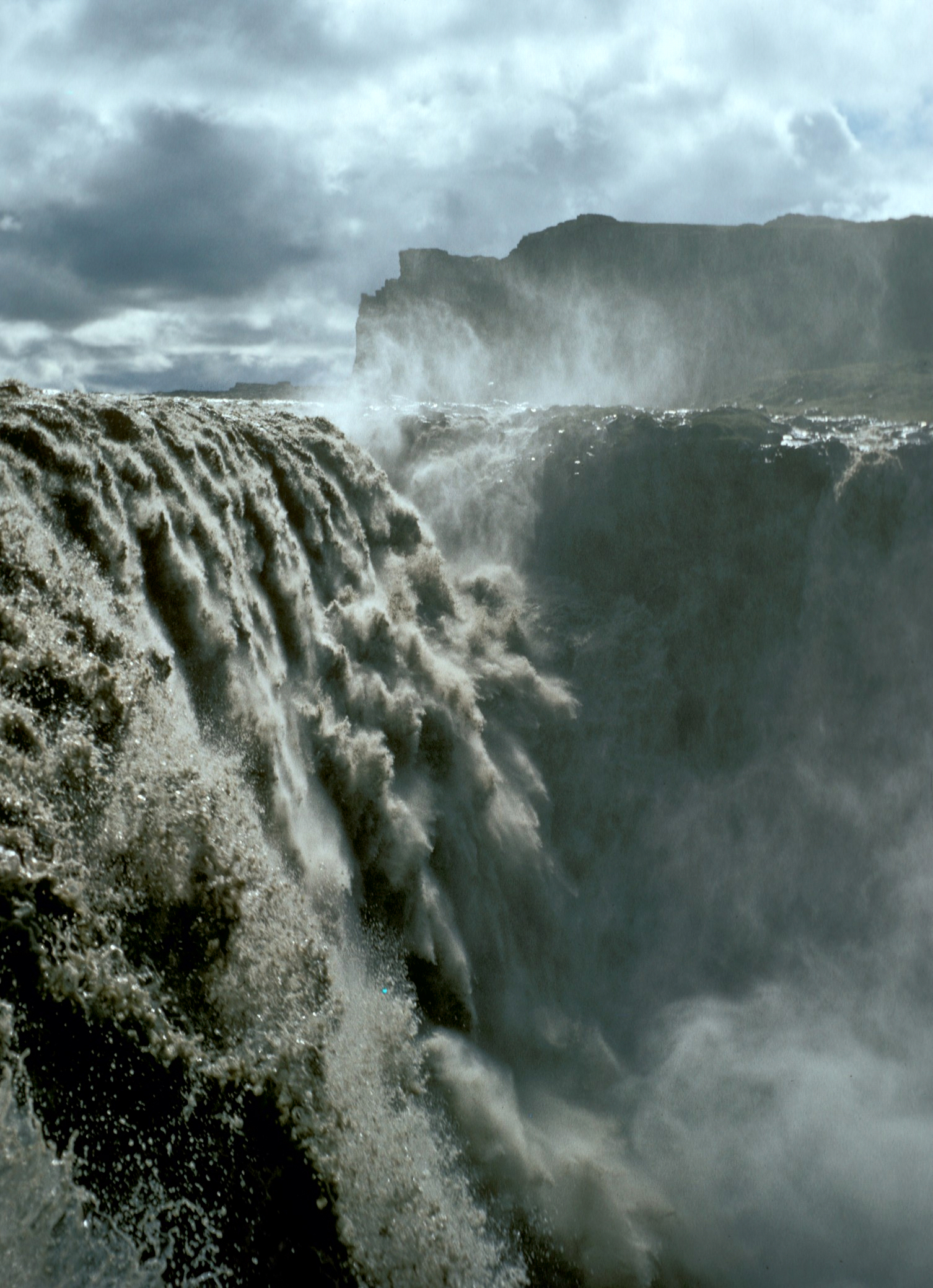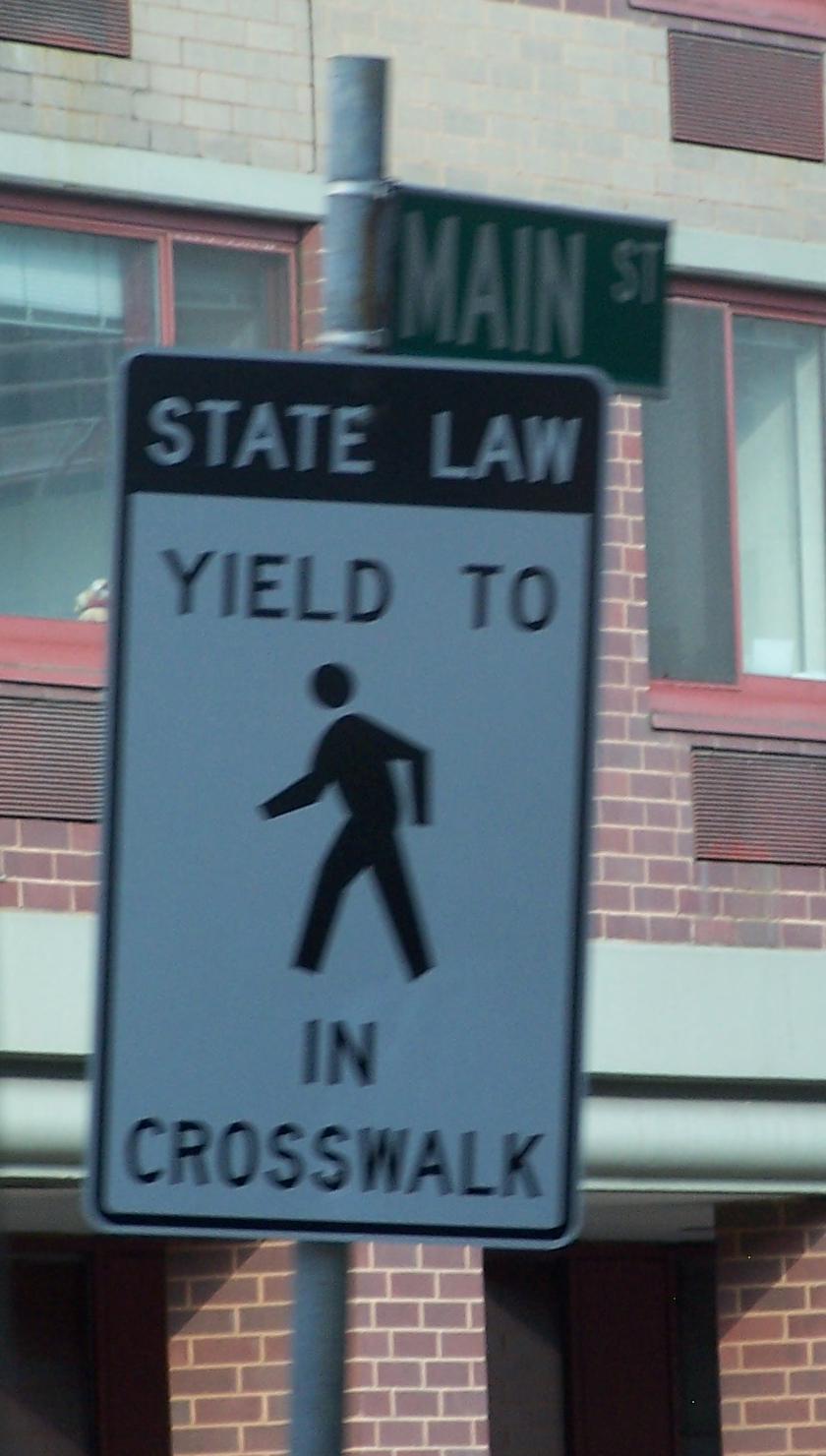|
Thórsmörk
Thórsmörk (, ) is a mountain ridge in Iceland that was named after the Norse god Thor (Þór). It is situated in the south of Iceland between the glaciers Tindfjallajökull and Eyjafjallajökull. The name "Thórsmörk" properly refers only to the mountain ridge between the rivers Krossá, Þröngá, and Markarfljót, but is sometimes used informally to describe a wider area that includes the region between Thórsmörk and Eyjafjallajökull. Thórsmörk is one of the most popular hiking areas in Iceland. In the valley, the river Krossá winds between the mountains. The valley is closed in between glaciers, Mýrdalsjökull being at the rear end of the valley. This leads to an especially warm climate, better than in the rest of south Iceland. In the protected valley, green vegetation of moss, fern, birchwood, and other small shrubs are found. Thórsmörk is popular amongst hikers. Many different tours are possible, from hiking on the glaciers to trekking (i.e., Laugavegur ... [...More Info...] [...Related Items...] OR: [Wikipedia] [Google] [Baidu] |
Landmannalaugar
Landmannalaugar () is a location in Iceland's Fjallabak Nature Reserve in the Highlands. It is on the edge of the Laugahraun lava field. This lava field was formed by an eruption in approximately 1477. It is largely known for its natural geothermal hot springs and surrounding landscape. Landmannalaugar is at the northern end of the Laugavegur hiking trail, and the Iceland Touring Association operates a mountain hut accommodating hikers. Activities Hiking Landmannalaugar is known for its hiking trails. Some routes include the hike through the Laugahraun Help:IPA/Icelandic, [ˈlœiːɣaˌr̥œiːn] lava field to Brennisteinsalda ("Sulphur Wave"), the one-hour hike up Bláhnjúkur ("Blue Peak"), and the four-hour hike to Ljótipollur Help:IPA/Icelandic, [ˈljouːtɪˌpʰɔtlʏr̥] crater lake ("Ugly Puddle"). Landmannalaugar can also be the starting point of several longer hiking trails, such as the Hellismannaleið Help:IPA/Icelandic, [ˈhɛtlɪsˌmanːa ... [...More Info...] [...Related Items...] OR: [Wikipedia] [Google] [Baidu] |
2010 Eruptions Of Eyjafjallajökull
Between March and June 2010 a series of Volcano, volcanic events at Eyjafjallajökull in Iceland caused Air travel disruption after the 2010 Eyjafjallajökull eruption, enormous disruption to air travel across Western Europe. The disruptions started over an initial period of six days in April 2010. Additional localised disruption continued into May 2010, and eruptive activity persisted until June 2010. The eruption was declared officially over in October 2010, after 3 months of inactivity, when snow on the glacier did not melt. From 14 to 20 April, ash from the volcanic eruption covered large areas of Northern Europe. About 20 countries closed their airspace to commercial jet traffic and it affected approximately 10 million travellers. Seismic activity started at the end of 2009 and gradually increased in intensity until on 20 March 2010, a small volcanic eruption, eruption began, rated as a 1 on the volcanic explosivity index. Beginning on 14 April 2010, the eruption entered a ... [...More Info...] [...Related Items...] OR: [Wikipedia] [Google] [Baidu] |
Laugavegur
Laugavegur () is a hiking trail in South Iceland. It is the most popular trail in Iceland, with an estimated 75,000-100,000 people hiking it every year. In 2012, National Geographic listed it as one of the twenty best trails in the world. Laugavegur runs from the hot springs area of Landmannalaugar to the glacial valley of Þórsmörk. It is noted for the wide variety of landscapes on its path: colourful mountains, black lava, bubbling hot springs, lakes, canyons and a black sandy desert. The route is typically completed by hikers in four days, north to south, with stops at the mountain huts of Hrafntinnusker, Álftavatn, and Emstrur. At least three rivers must be forded during the walk. It is possible to combine the trek with a hike over the Fimmvörðuháls route from Þórsmörk to Skógar. The trail is clearly signposted throughout its length. However, adverse weather conditions such as thick fog or heavy snow can dramatically reduce the visibility. This is partic ... [...More Info...] [...Related Items...] OR: [Wikipedia] [Google] [Baidu] |
Valleys Of Iceland
A valley is an elongated low area often running between Hill, hills or Mountain, mountains and typically containing a river or stream running from one end to the other. Most valleys are formed by erosion of the land surface by rivers or streams over a very long period. Some valleys are formed through erosion by glacier, glacial ice. These glaciers may remain present in valleys in high mountains or polar areas. At lower latitudes and altitudes, these glaciation, glacially formed valleys may have been created or enlarged during ice ages but now are ice-free and occupied by streams or rivers. In desert areas, valleys may be entirely dry or carry a watercourse only rarely. In karst, areas of limestone bedrock, dry valleys may also result from drainage now taking place cave, underground rather than at the surface. Rift valleys arise principally from tectonics, earth movements, rather than erosion. Many different types of valleys are described by geographers, using terms that m ... [...More Info...] [...Related Items...] OR: [Wikipedia] [Google] [Baidu] |
Southern Region (Iceland)
Southern Region ( , ) is a region of Iceland Iceland is a Nordic countries, Nordic island country between the Atlantic Ocean, North Atlantic and Arctic Oceans, on the Mid-Atlantic Ridge between North America and Europe. It is culturally and politically linked with Europe and is the regi .... The population of the region was 34,076 (1 January 2024). The largest town in the region is Selfoss, with a population of 9,812 as of 2024. References External links *Source {{iceland-geo-stub ... [...More Info...] [...Related Items...] OR: [Wikipedia] [Google] [Baidu] |
Forests Of Iceland
A forest is an ecosystem characterized by a dense community of trees. Hundreds of definitions of forest are used throughout the world, incorporating factors such as tree density, tree height, land use, legal standing, and ecological function. The United Nations' Food and Agriculture Organization (FAO) defines a forest as, "Land spanning more than 0.5 hectares with trees higher than 5 meters and a canopy cover of more than 10 percent, or trees able to reach these thresholds ''in situ''. It does not include land that is predominantly under agricultural or urban use." Using this definition, '' Global Forest Resources Assessment 2020'' found that forests covered , or approximately 31 percent of the world's land area in 2020. Forests are the largest terrestrial ecosystems of Earth by area, and are found around the globe. 45 percent of forest land is in the tropical latitudes. The next largest share of forests are found in subarctic climates, followed by temperate, and subtropic ... [...More Info...] [...Related Items...] OR: [Wikipedia] [Google] [Baidu] |
Geography Of Iceland
Iceland is an island country at the confluence of the Atlantic Ocean, North Atlantic and Arctic Ocean, Arctic oceans, east of Greenland and immediately south of the Arctic Circle, atop the constructive boundary of the northern Mid-Atlantic Ridge. The island country is the world's List of islands by area#Islands, 18th largest in area and one of the most List of sovereign states and dependent territories by population density, sparsely populated. It is the westernmost European country when not including Greenland and has more land covered by glaciers than continental Europe. Its total size is and possesses an exclusive economic zone of . Statistics Iceland is an island country in Northern Europe, straddling the Eurasian and North American plates between the Greenland Sea and the North Atlantic Ocean, northwest of the British Isles. Extent (locations outside mainland in parentheses) :North: Rifstangi, 66°32′3" N (Kolbeinsey, 67°08,9 N) :South: Kötlutangi, 63°23′6" N ( ... [...More Info...] [...Related Items...] OR: [Wikipedia] [Google] [Baidu] |
Reykjavík
Reykjavík is the Capital city, capital and largest city in Iceland. It is located in southwestern Iceland on the southern shore of Faxaflói, the Faxaflói Bay. With a latitude of 64°08′ N, the city is List of northernmost items, the world's northernmost capital of a sovereign state. Reykjavík has a population of around 139,000 as of 2025. The surrounding Capital Region (Iceland), Capital Region has a population of around 249,000, constituting around 64% of the country's population. Reykjavík is believed to be the location of the first permanent settlement in Iceland, which, according to , was established by Ingólfr Arnarson, Ingólfur Arnarson in 874 Anno Domini, AD. Until the 18th century, there was no urban development in the city location. The city was officially founded in 1786 as a trading town and grew steadily over the following decades, as it transformed into a regional and later Country, national centre of commerce, population, and governmental activities. Re ... [...More Info...] [...Related Items...] OR: [Wikipedia] [Google] [Baidu] |
Pedestrian
A pedestrian is a person traveling on foot, by wheelchair or with other mobility aids. Streets and roads often have a designated footpath for pedestrian traffic, called the '' sidewalk'' in North American English, the ''pavement'' in British English, and the ''footpath'' in Australian and New Zealand English. There are also footpaths not associated with thoroughfares; these include rural paths and urban short cuts. Historically, walking has been the main way people get around. In the early use of the word, ''pedestrian'' meant a "professional walker", or somebody who held a record for speed or endurance. With the advent of cars, it started to be used as an opposite: somebody who is not riding or driving. As walking is a healthy and sustainable mode of transport, there are efforts to make cities more walkable. For instance, by creating wider sidewalks, a pedestrian network, or restricting motor vehicles in city centres. Pedestrians are vulnerable and can be injured, for e ... [...More Info...] [...Related Items...] OR: [Wikipedia] [Google] [Baidu] |
Birch
A birch is a thin-leaved deciduous hardwood tree of the genus ''Betula'' (), in the family Betulaceae, which also includes alders, hazels, and hornbeams. It is closely related to the beech- oak family Fagaceae. The genus ''Betula'' contains 30 to 60 known taxa of which 11 are on the IUCN 2011 Red List of Threatened Species. They are typically short-lived pioneer species and are widespread in the Northern Hemisphere, particularly in northern areas of temperate climates and in boreal climates. Birch wood is used for a wide range of purposes. Description Birch species are generally small to medium-sized trees or shrubs, mostly of northern temperate and boreal climates. The simple leaves are alternate, singly or doubly serrate, feather-veined, petiolate and stipulate. They often appear in pairs, but these pairs are really borne on spur-like, two-leaved, lateral branchlets. The fruit is a small samara, although the wings may be obscure in some species. They differ from t ... [...More Info...] [...Related Items...] OR: [Wikipedia] [Google] [Baidu] |







